The spread of Butter: the Black-owned art fair where artists see all the profits
The Indianapolis-based art fair is known for bringing Black art to the forefront. As it ventures out of state to make its Los Angeles debut, we speak with founders Mali and Alan Bacon to find out more
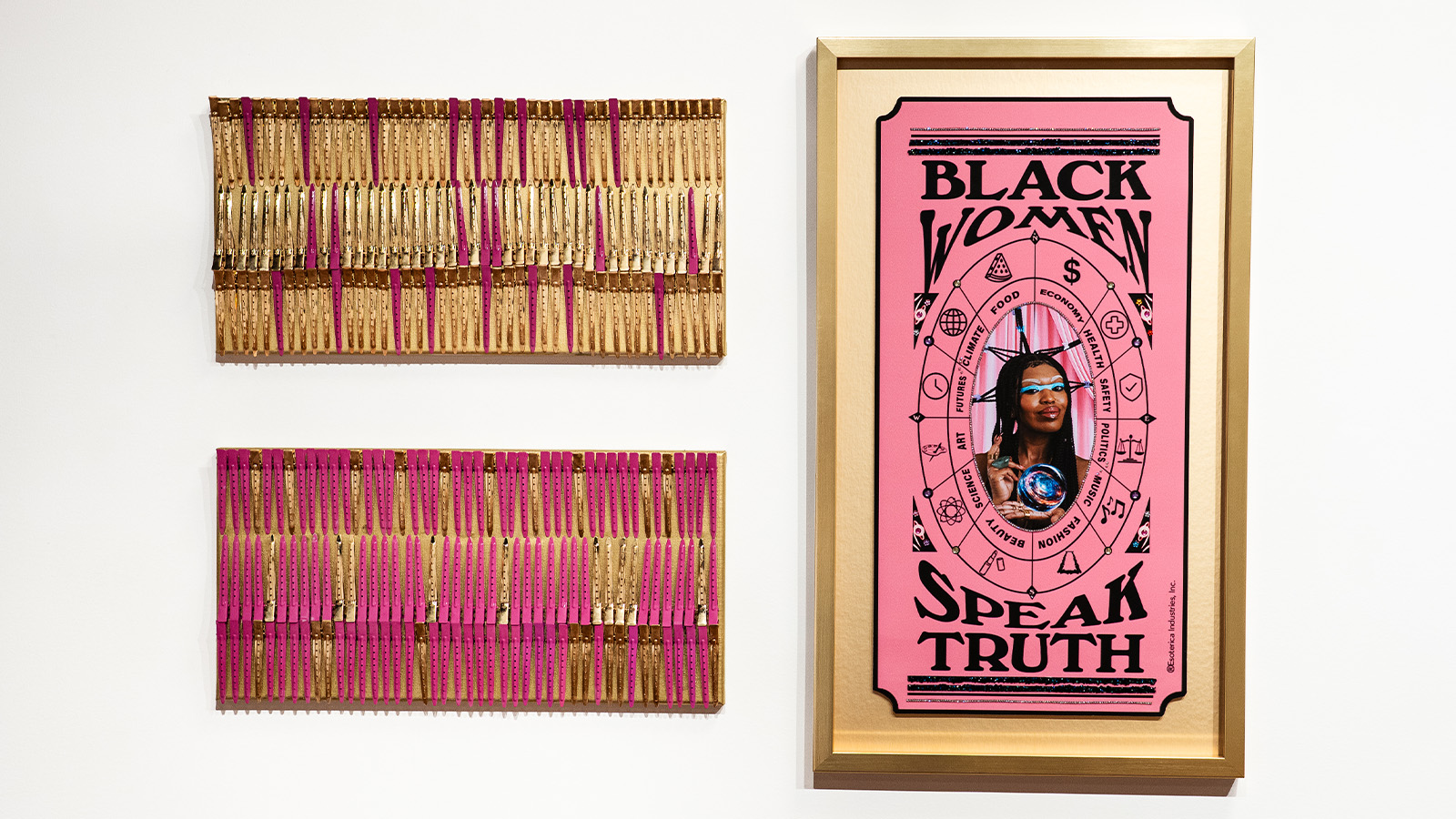
In 2020, Indianapolis-based Mali and Alan Bacon felt a sense of urgency. In the wake of the Black Lives Matter movement, there was 'a sudden and almost haphazard effort' from art fairs and galleries to show artwork made by Black people.
The married couple, who have experience in the non-profit and for profit sector and art backgrounds themselves, thought, 'OK, it's great that it's finally happening, but the artists still need to be cared for and we need to protect them. We had been to Miami Art Basel and other fairs for years and we thought we could do this. We can do the artwork justice.'
Butter – their Indianapolis art fair where all works are by Black artists – was born from that energy. The fair is known for its policy of taking no commission from artists’ sales.
While the fair prepares to celebrate its fifth year in Indianapolis, this year, Los Angeles gets their first taste of Butter. From now until 17 August, Butter is open to the public at Context Projects. Butter Los Angeles includes 14 pieces from eight artists, half from Los Angeles, half from Indianapolis. The LA instalment is presented in collaboration with ArtLoudLA and Valence Studios and is free and open to the public.
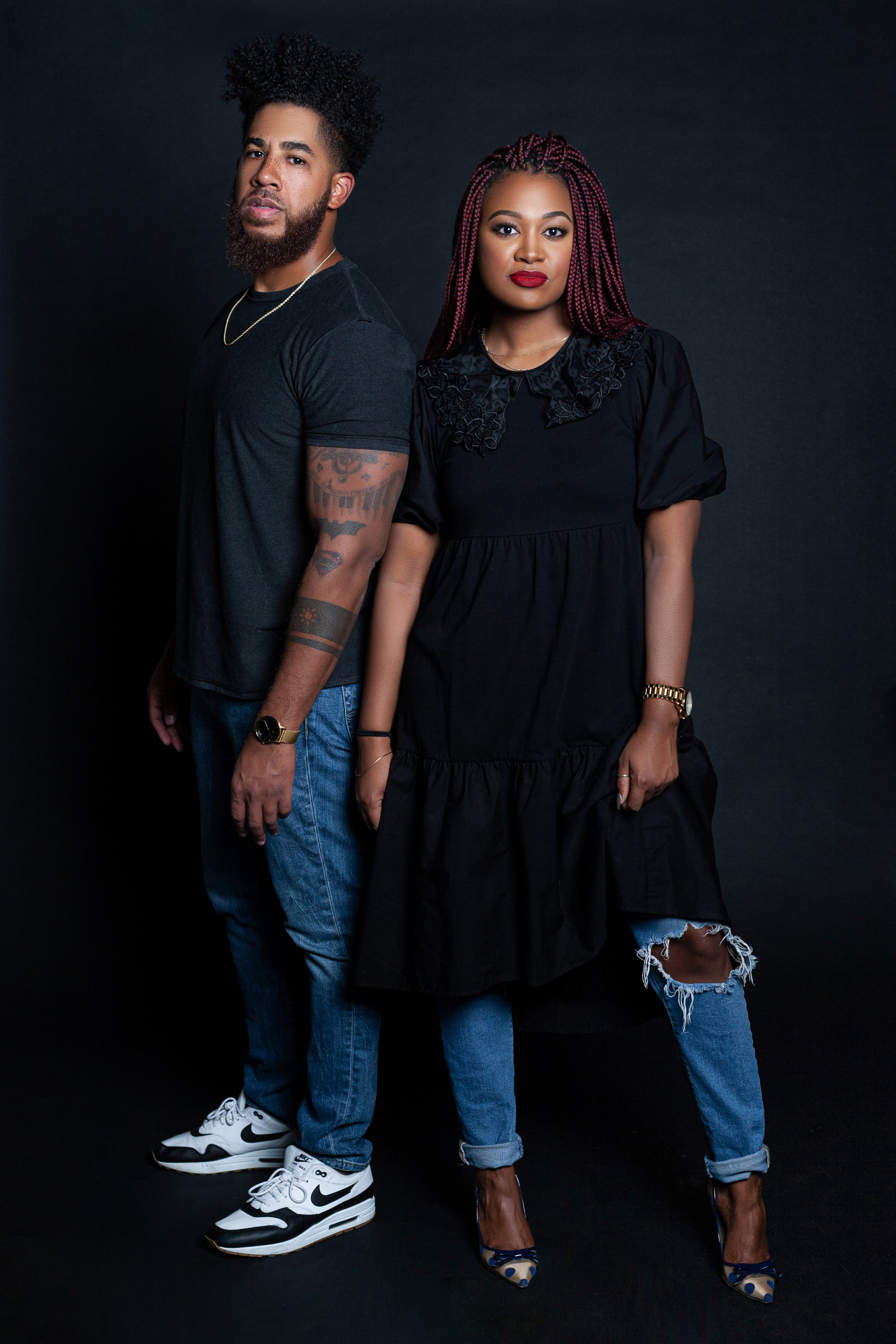
Butter co-founders Mali and Alan Bacon
In conversation with Mali and Alan Bacon, founders of Butter Art Fair
Wallpaper: What is Butter’s mission?
Mali Bacon: The mission of Butter is to centre the care and the economic viability of African diasporic artists. Here in Indianapolis, we reserve half of the exhibition space for Indiana based artists and then bring in artists from other markets.
Alan Bacon: Butter allows just a unique opportunity to challenge the dichotomy between value and worth. Black Lives Matter, of course, but what we produce is also in the throes of that narrative. Where there is recognised value, but the worth is one thing that Butter tries to meet headstrong.
Receive our daily digest of inspiration, escapism and design stories from around the world direct to your inbox.
W*: How did you decide to bring a version of the fair to Los Angeles?
MB: This event is a taste of Butter, it's an introduction to what could be possible in Los Angeles.
We had 11 Los Angeles based artists in Butter 2024 and our curator Nakeyta Moore is from LA and helped to broker and introduce the markets to each other. This year Jac Forbes is a curator for Butter in Indianapolis and is based in LA and Malibu.
LA is interested and curious about this no commission model. [LA is] thinking about what the future of art fairs is. Does Indianapolis have it? And I think LA is like, ‘Oh, no, we do too now.’
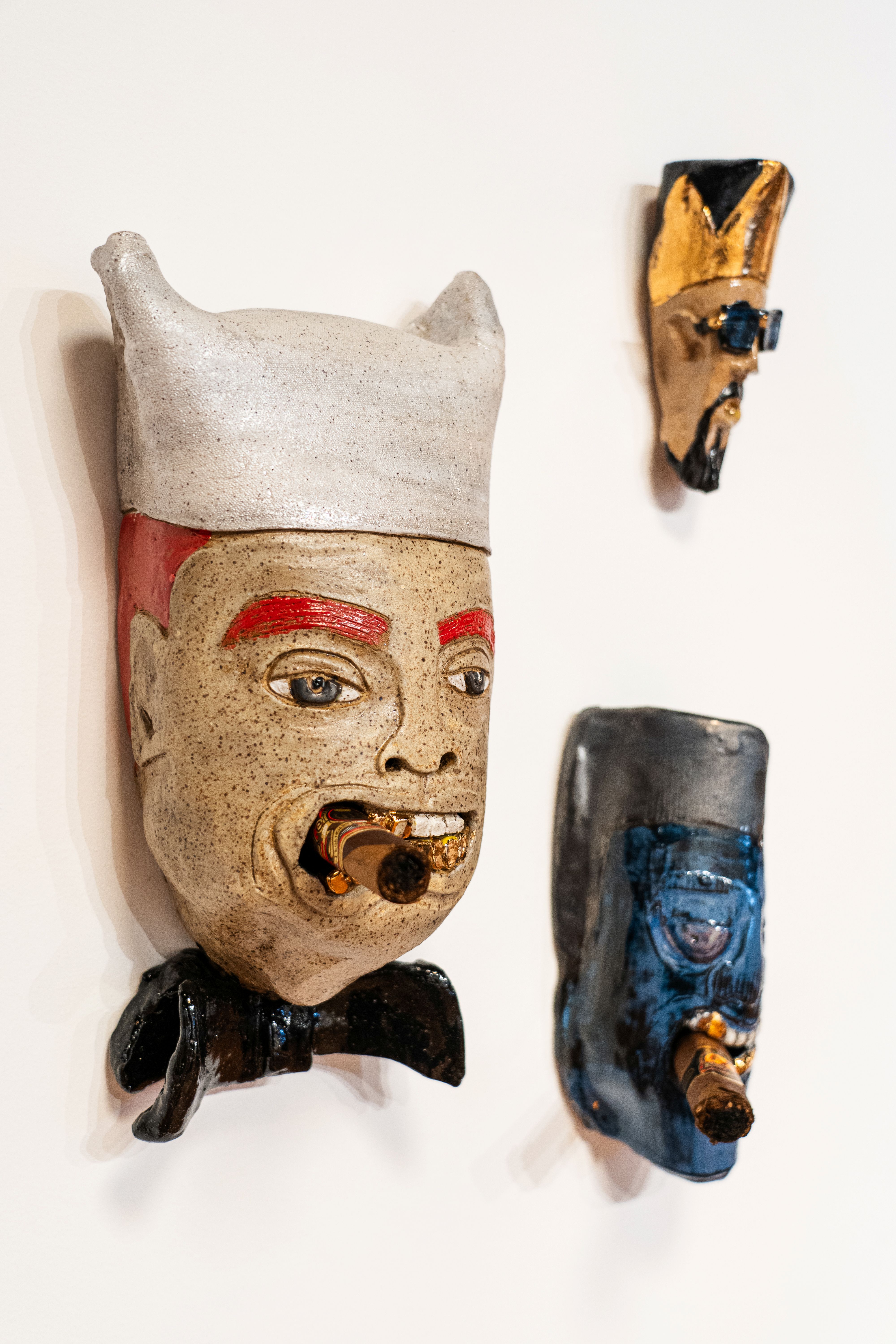
Artist: Gary Gee. Artworks (left to right): “The Milk Man” , “Blue Face" and “King 4 A Day”
W*: Butter operates on a 100% model, with the fair taking no commission from the artist. Why is this important to you?
MB: We're not anti-gallery, we're just introducing another way where we're not building the fair off of taking any sales from the artist. That's just not one of the revenue streams.
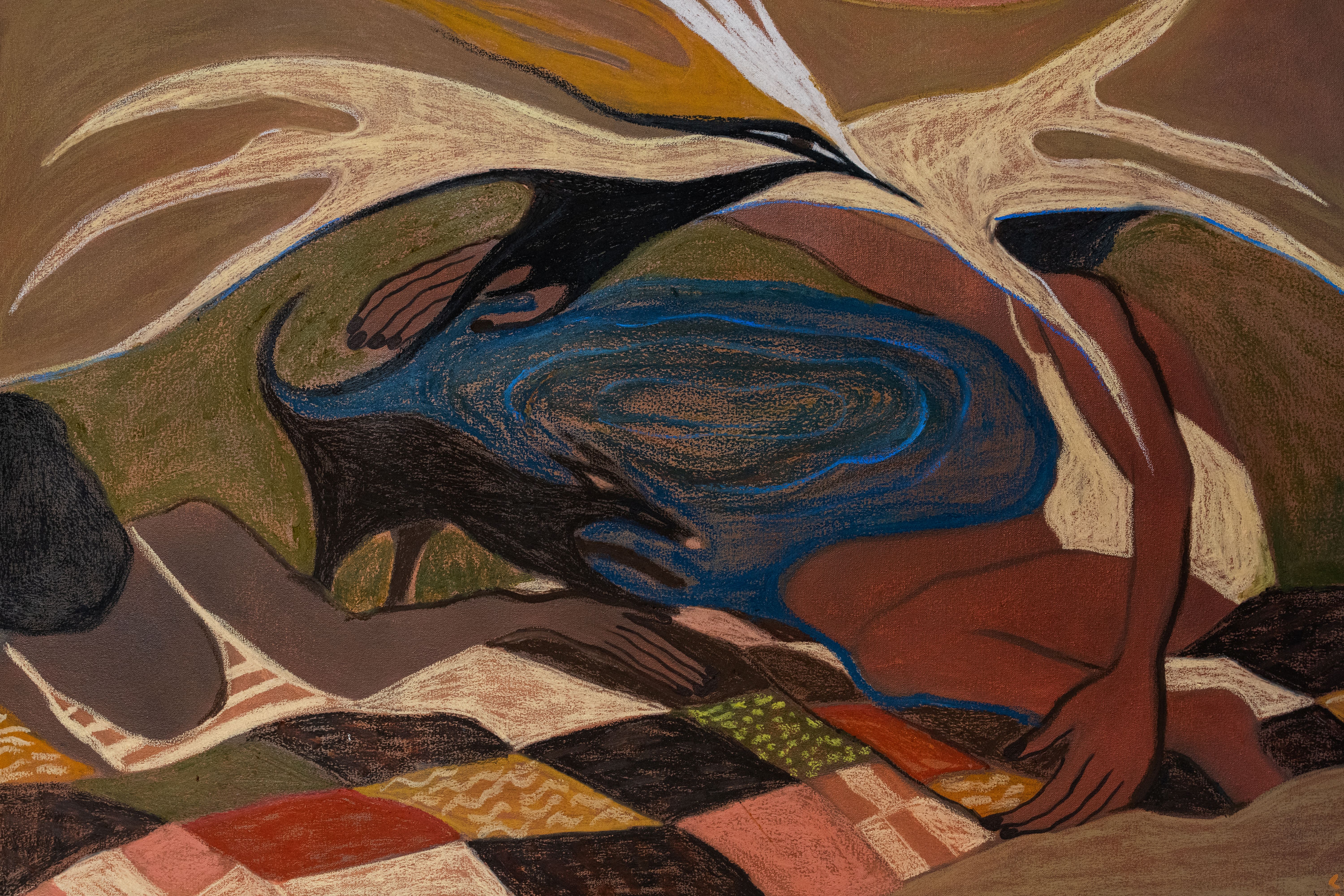
Artist: Cortney Herron, “Kaleidoscope Dreams No. 2, 2025”
Butter allows just a unique opportunity to challenge the dichotomy between value and worth
Alan Bacon
A third of revenue comes from ticket sales despite being a more accessibly priced fair. Revenue also comes from the shop, and the bar, building out the experience around it and sponsorships. The private sector really comes together to support this and because they have access then to the artist, they are curating their hotels and their corporate offices with these Butter artists who are emerging and established.
AB: I think we had around $65,000 worth of art sold within that first year and around 3400 attendees. Fast forward four years and we are anticipating 12,000 individuals per year now and we've sold over $900,000 worth of art. Almost a million dollars going back to artists' hands and households.

Artist: April Bey. Artwork: “Oh, I'm Sorry, Did the Middle of My Sentence Interrupt the Beginning of Your's?,” 2024
W*: Why is the no commission model particularly important for the Black artists showing at the fair?
MB: To me, it’s a form of cultural reparations. We're talking about economic justice, we're talking about being able to pay back a culture that has offered so much to our everyday life, our quality of life.
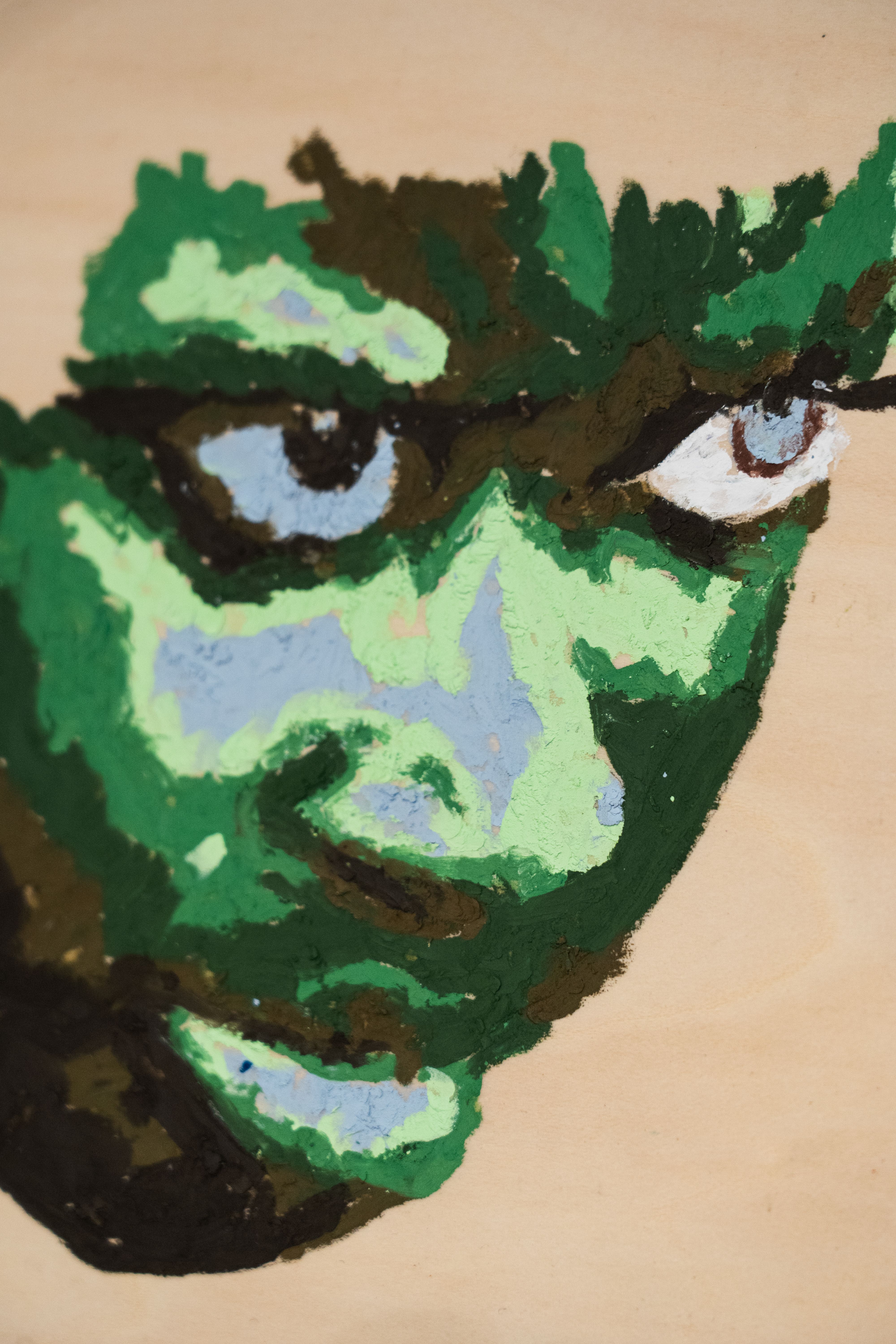
Artist: Natou Fall. Artwork: “Jealousy”
When I think about cultural reparations, I think of empowerment, because the artists made this and this is what they're charging. That's what they want for it. Power at the end of the day is what we're offering back. We find ourselves as brokers to advocate on behalf of the artist versus on behalf of the fair or the institution or the gallery, which is the traditional model.
AB: Butter is about representation. This allows there to be a microphone to the voice of the artist that we depend on in very critical moments in history. I think we're in a critical moment right now as well. In traditional platforms and pathways, that’s not the case.
Butter is open to the public at Context Projects, 4435 1/2 W. Slauson Ave.
Los Angeles, CA 90043 until 17 August 2025
Lina is a frequent contributor to the Los Angeles Times. Her writing has also appeared in the Los Angeles Review of Books, WIRED, Rolling Stone, and more.
-
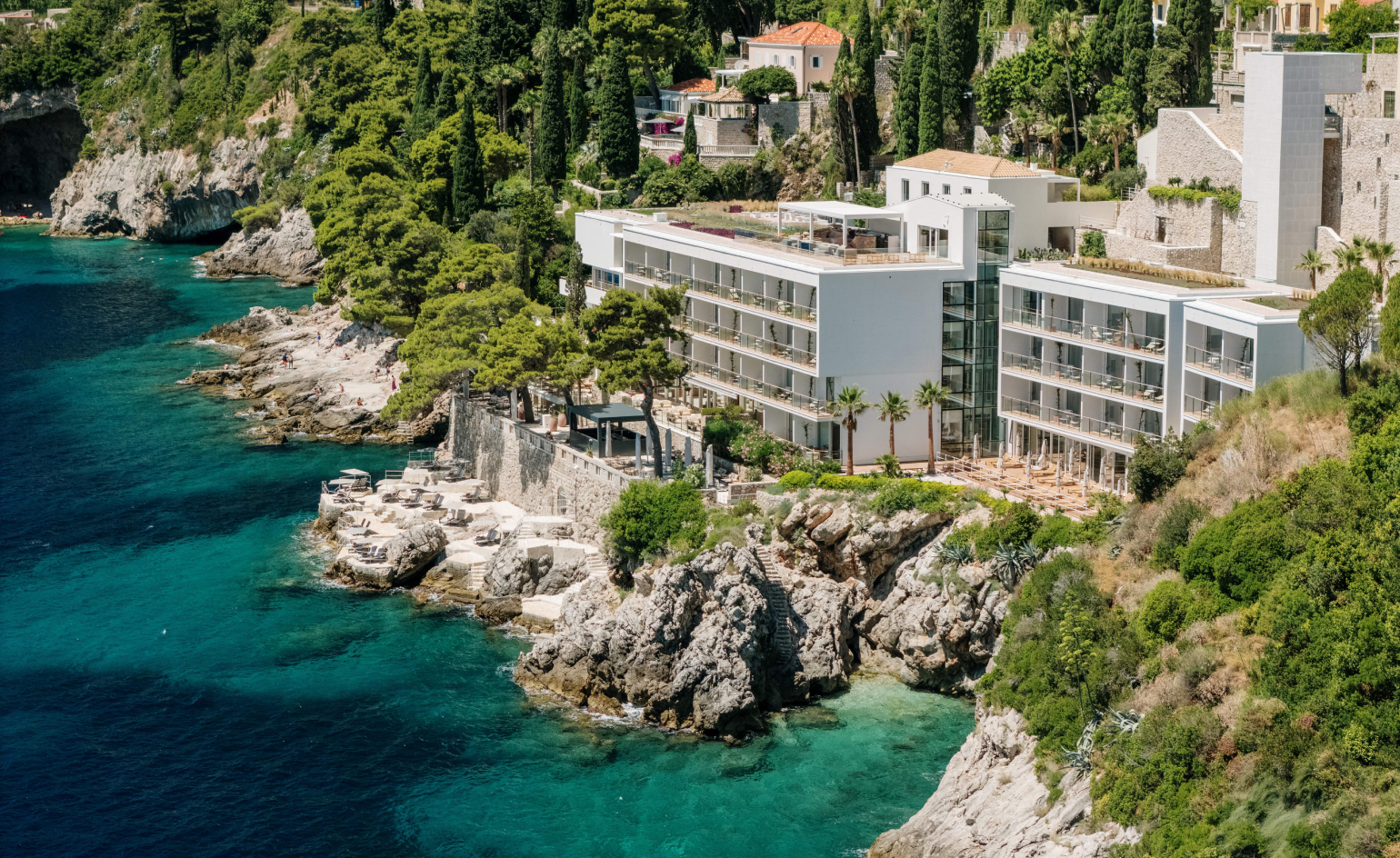 Arthur Casas reimagines Villa Dubrovnik as a modern Adriatic retreat
Arthur Casas reimagines Villa Dubrovnik as a modern Adriatic retreatThe Brazilian architect brings poetic restraint and light to Croatia’s most elegant coastal hotel
-
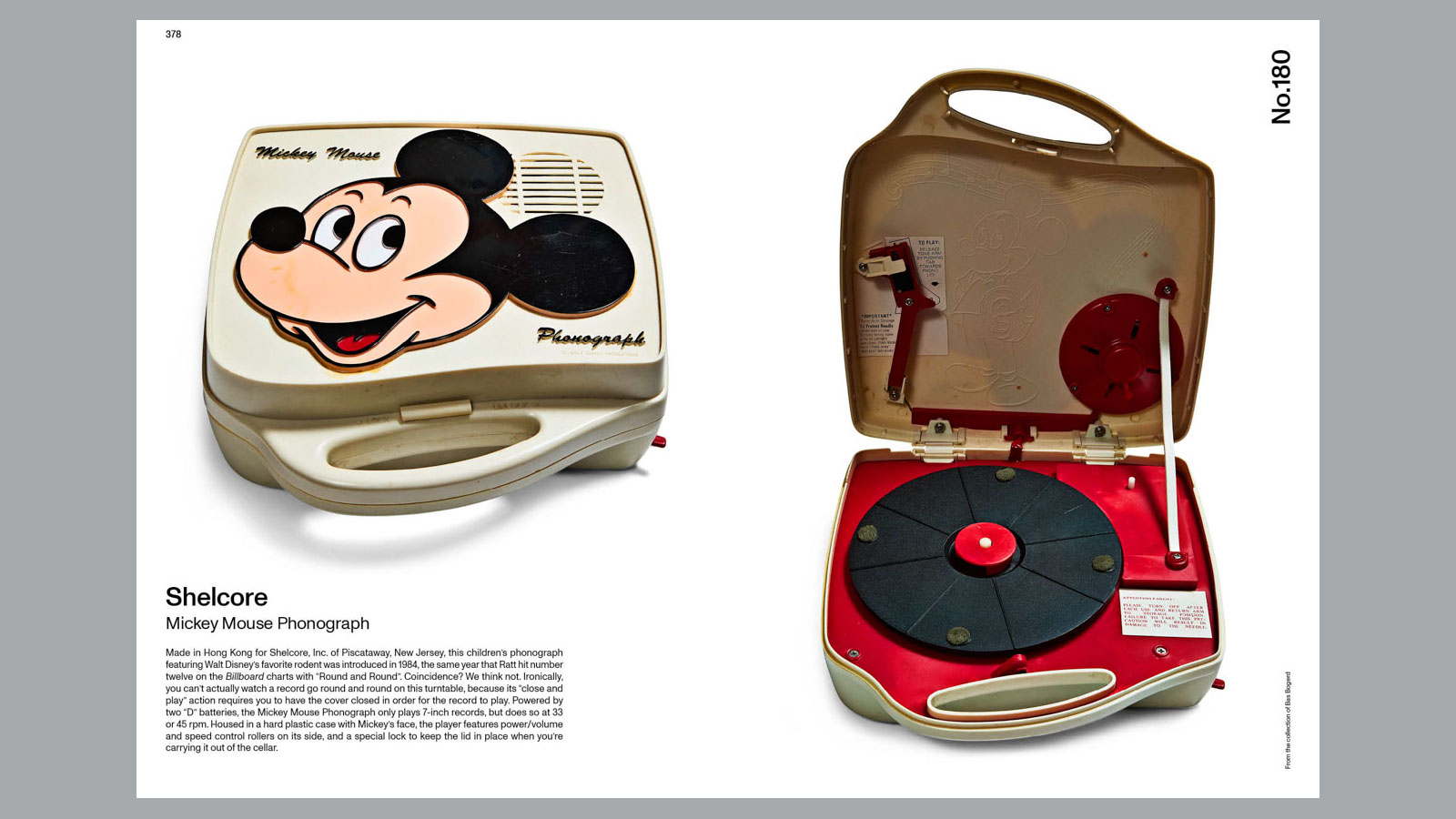 14 of the best new books for music buffs
14 of the best new books for music buffsFrom music-making tech to NME cover stars, portable turntables and the story behind industry legends – new books about the culture and craft of recorded sound
-
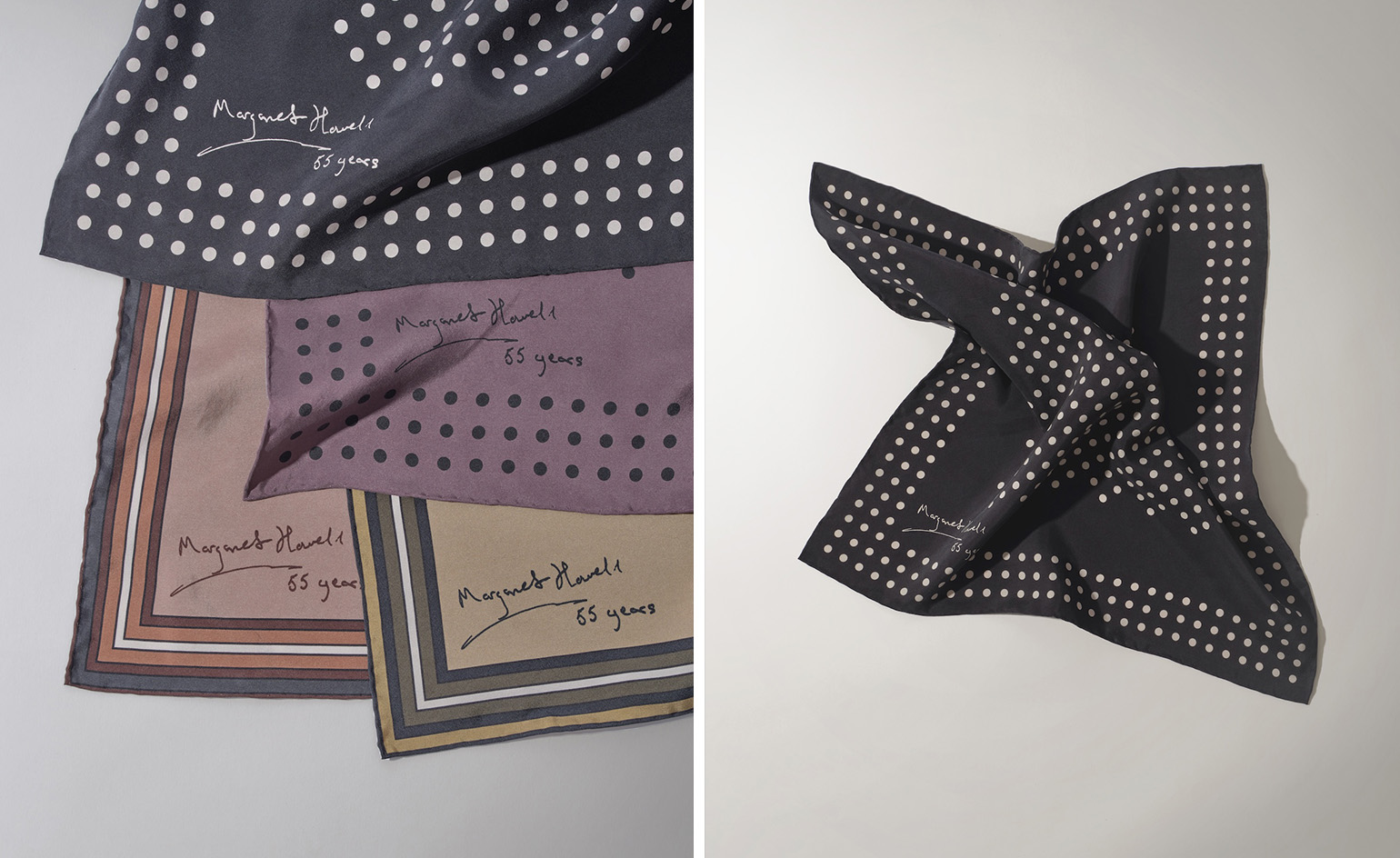 Margaret Howell marks 55 years in business by reissuing pieces from her archive
Margaret Howell marks 55 years in business by reissuing pieces from her archiveThe stalwart of British design will reissue a series of archival silk scarves to celebrate the landmark anniversary, alongside an era-traversing exhibition of foulards at the brand’s Wigmore Street store
-
 Jamel Shabazz’s photographs are a love letter to Prospect Park
Jamel Shabazz’s photographs are a love letter to Prospect ParkIn a new book, ‘Prospect Park: Photographs of a Brooklyn Oasis, 1980 to 2025’, Jamel Shabazz discovers a warmer side of human nature
-
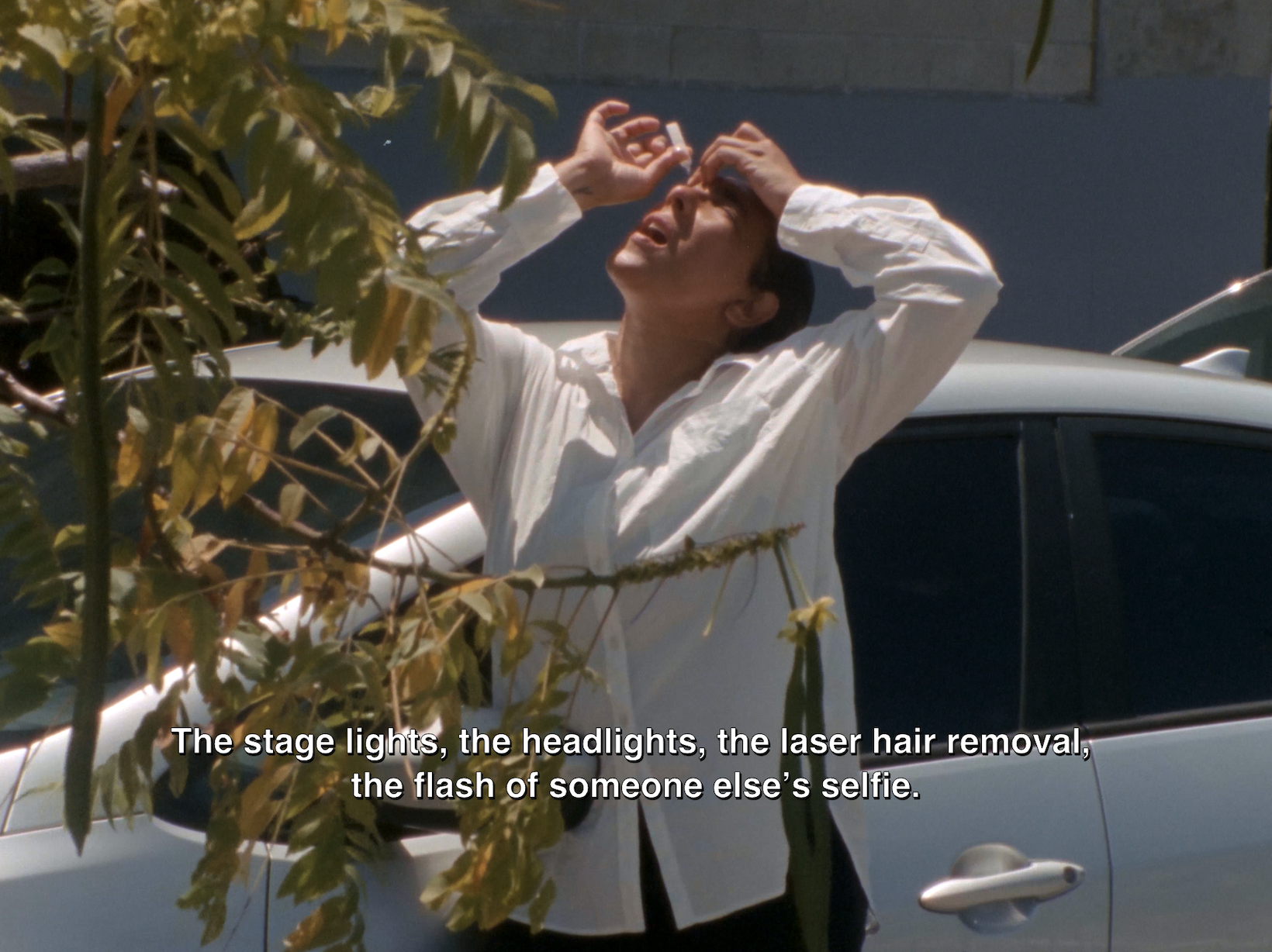 The Hammer Museum in Los Angeles launches the seventh iteration of its highly anticipated artist biennial
The Hammer Museum in Los Angeles launches the seventh iteration of its highly anticipated artist biennialOne of the gallery's flagship exhibitions, Made in LA showcases the breadth and depth of the city's contemporary art scene
-
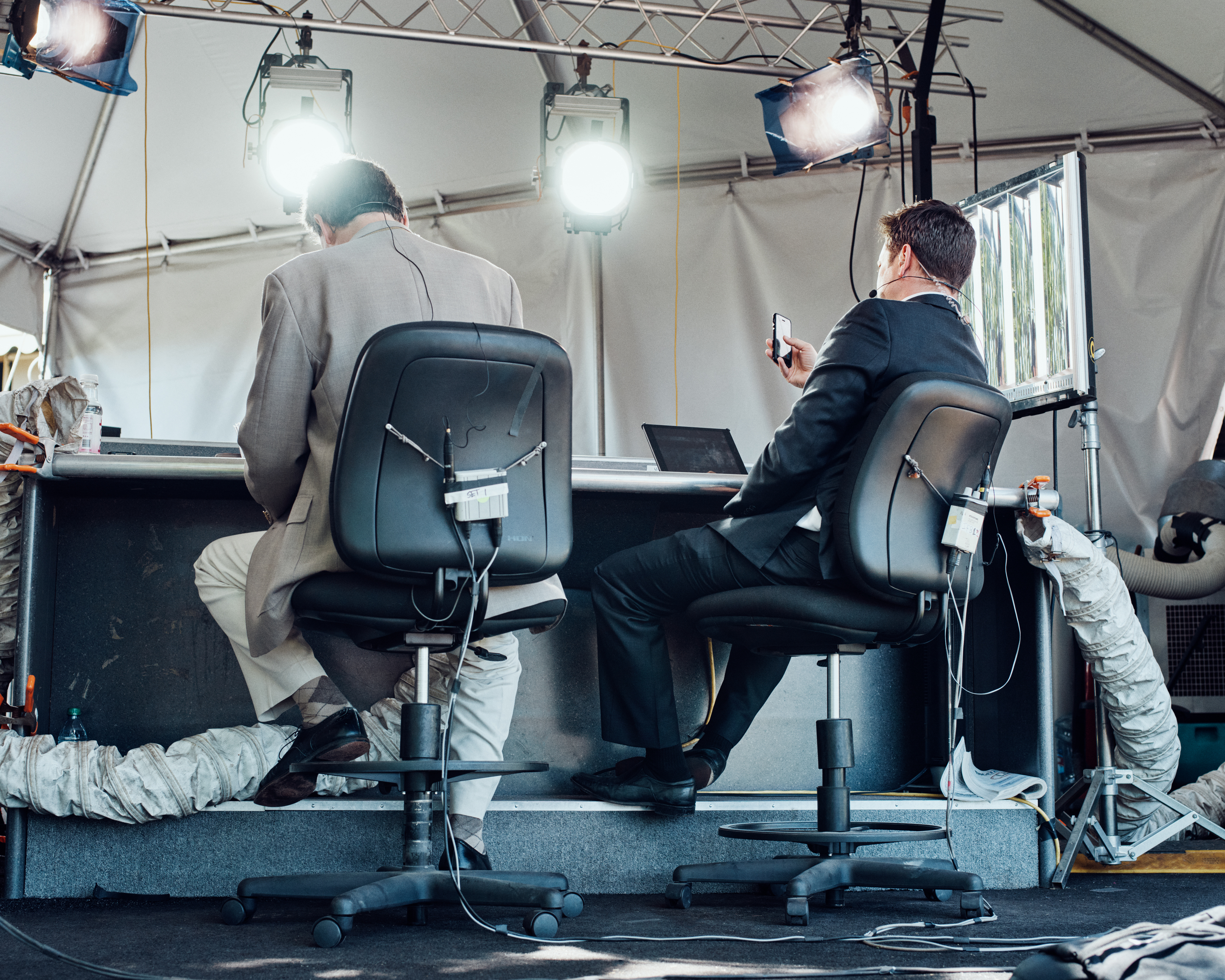 Thomas Prior’s photography captures the uncanny fragility of American life
Thomas Prior’s photography captures the uncanny fragility of American lifeA new book unites two decades of the photographer’s piercing, uneasy work
-
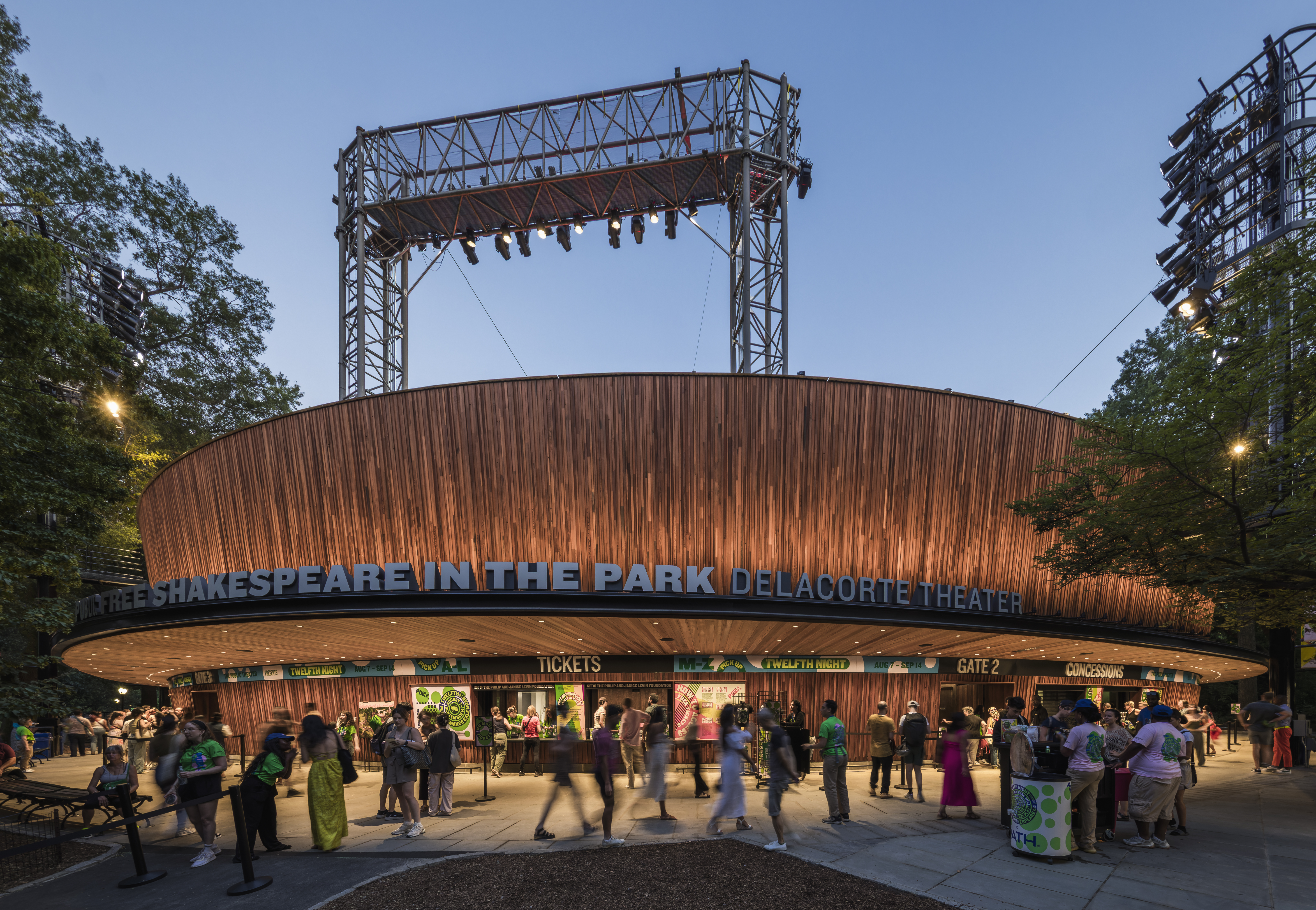 Central Park’s revitalised Delacorte Theater gears up for a new future
Central Park’s revitalised Delacorte Theater gears up for a new futureEnnead Architects helmed an ambitious renovation process that has given the New York City cultural landmark a vibrant and more accessible future
-
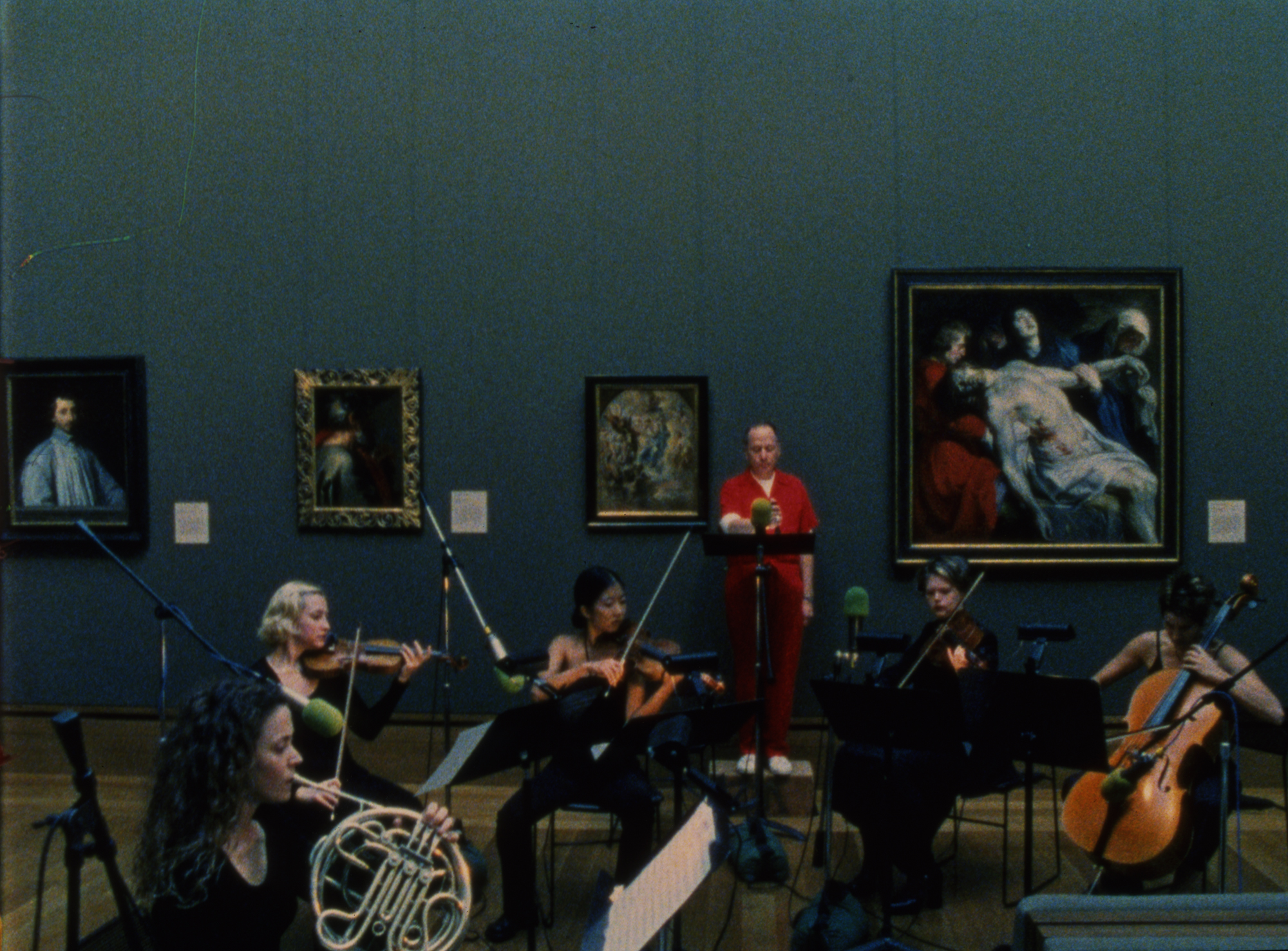 Stephen Prina borrows from pop, classical and modern music: now MoMA pays tribute to his performance work
Stephen Prina borrows from pop, classical and modern music: now MoMA pays tribute to his performance work‘Stephen Prina: A Lick and a Promise’ recalls the artist, musician, and composer’s performances, and is presented throughout MoMA. Prina tells us more
-
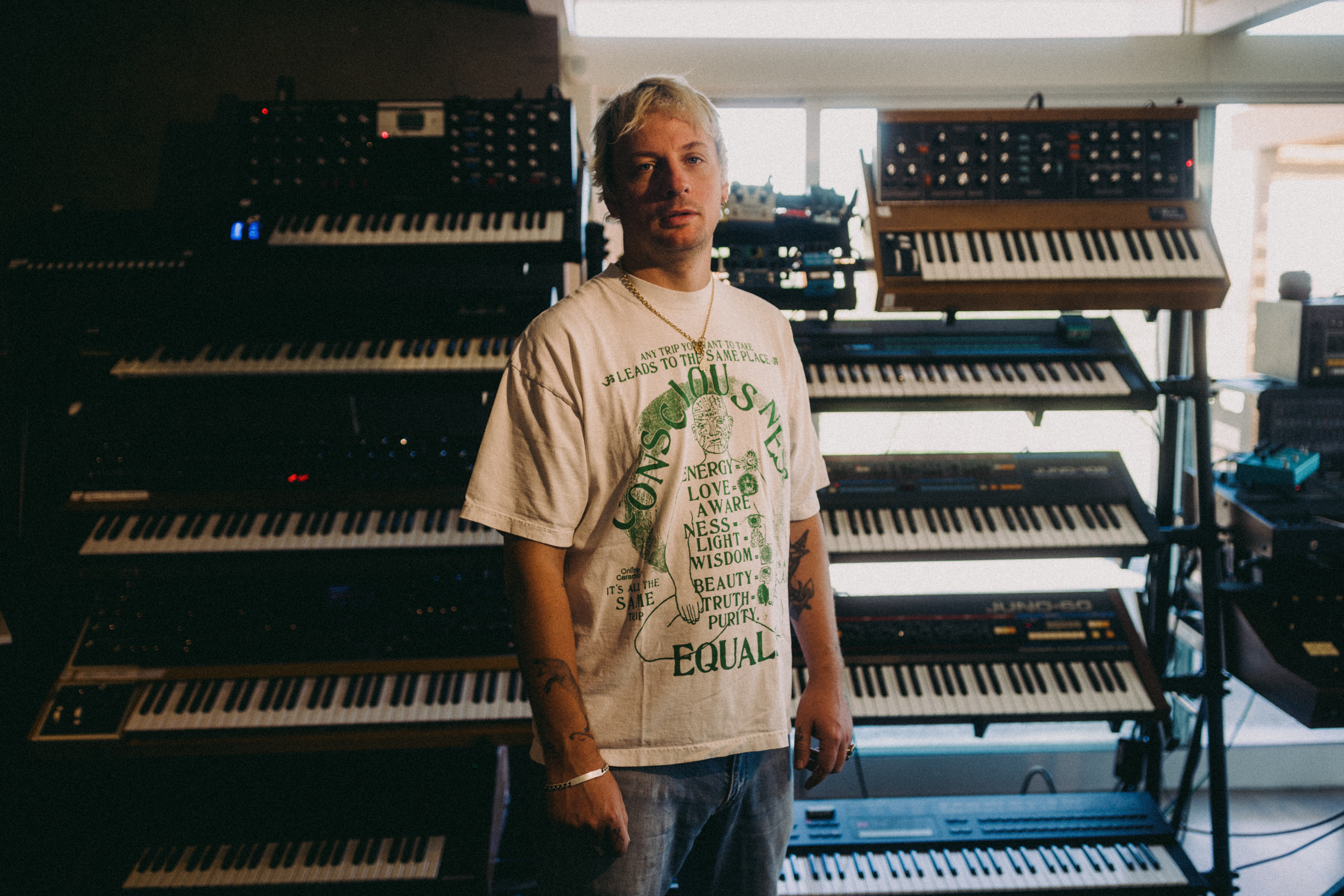 Curtains up, Kid Harpoon rethinks the sound of Broadway production ‘Art’
Curtains up, Kid Harpoon rethinks the sound of Broadway production ‘Art’He’s crafted hits with Harry Styles and Miley Cyrus; now songwriter and producer Kid Harpoon (aka Tom Hull) tells us about composing the music for the new, all-star Broadway revival of Yasmina Reza’s play ‘Art’
-
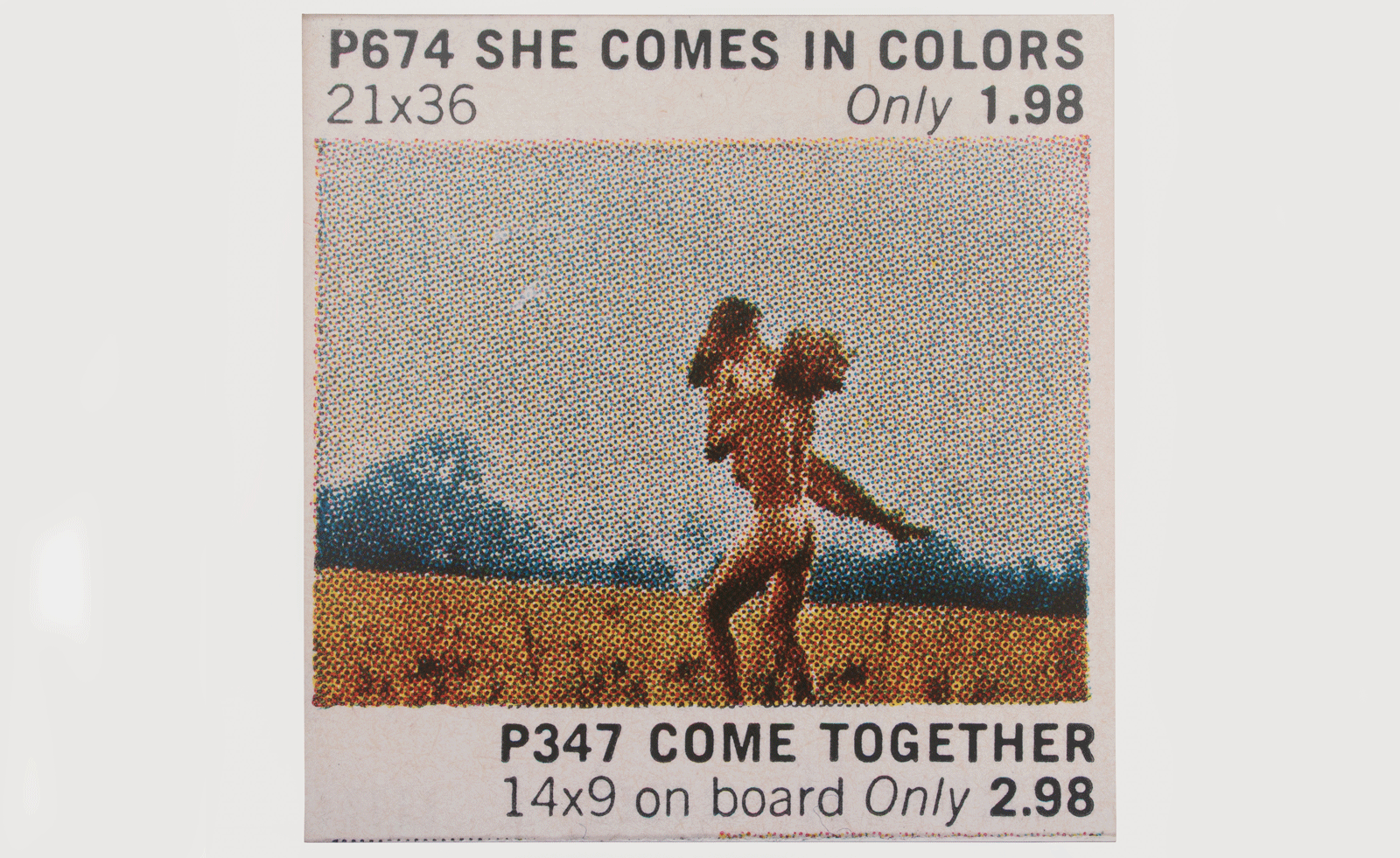 Richard Prince recontextualises archival advertisements in Texas
Richard Prince recontextualises archival advertisements in TexasThe artist unites his ‘Posters’ – based on ads for everything from cat pictures to nudes – at Hetzler, Marfa
-
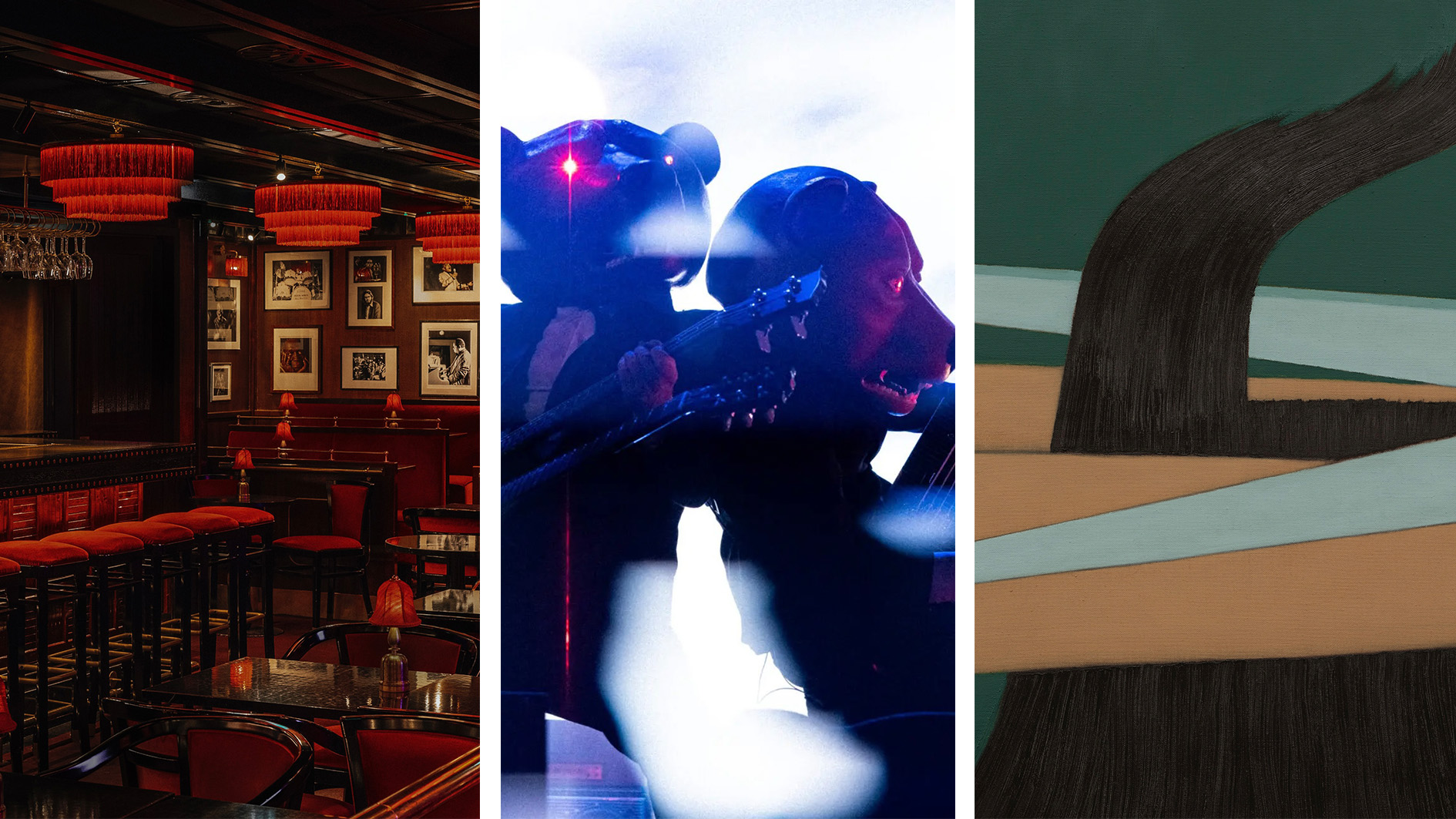 Out of office: the Wallpaper* editors’ picks of the week
Out of office: the Wallpaper* editors’ picks of the weekAnother week, another flurry of events, opening and excursions showcasing the best of culture and entertainment at home and abroad. Catch our editors at Scandi festivals, iconic jazz clubs, and running the length of Manhattan…